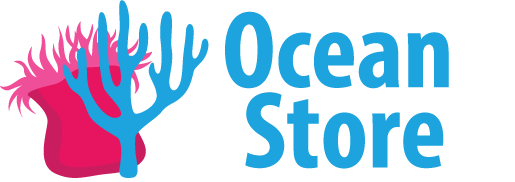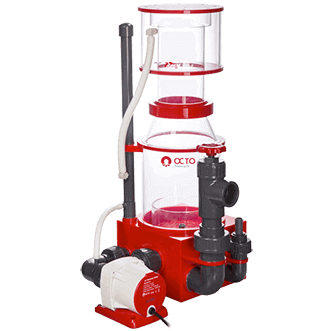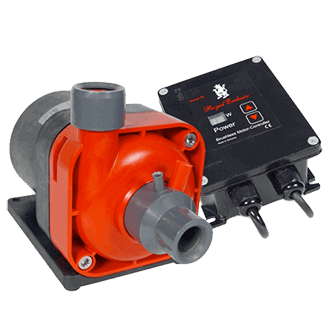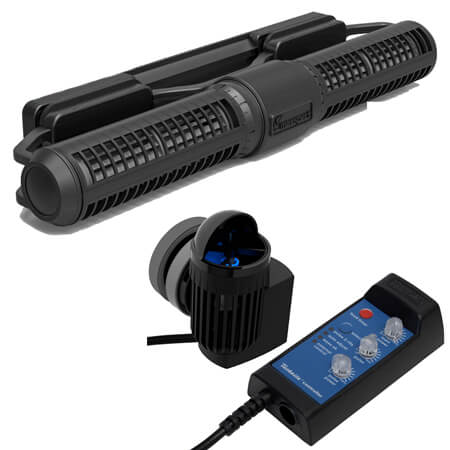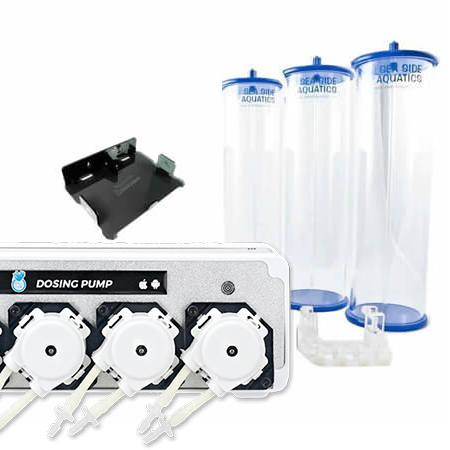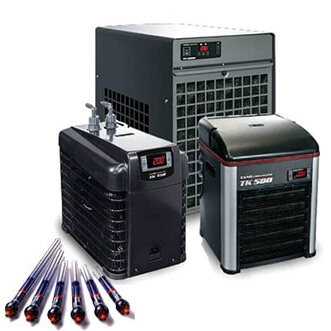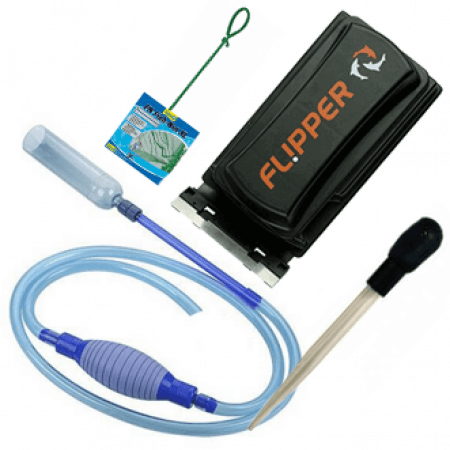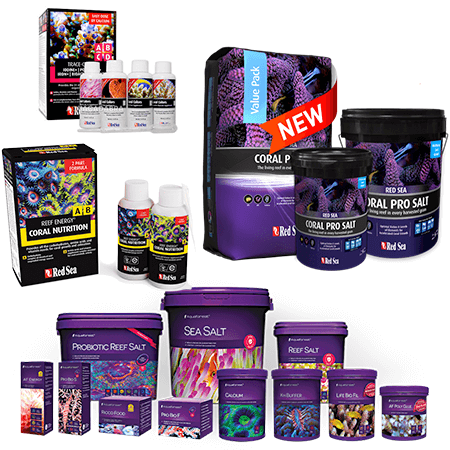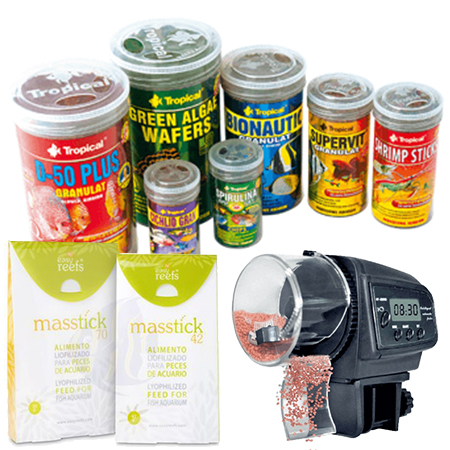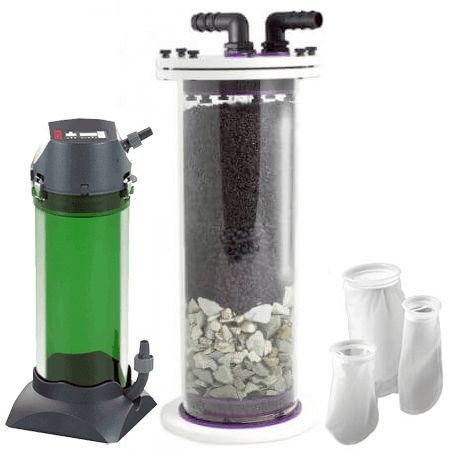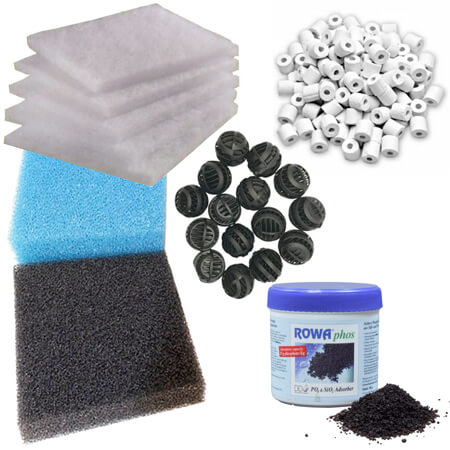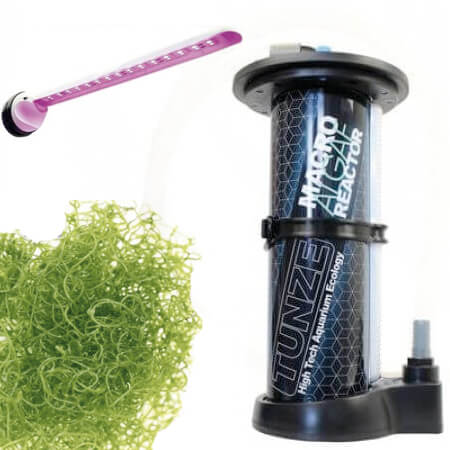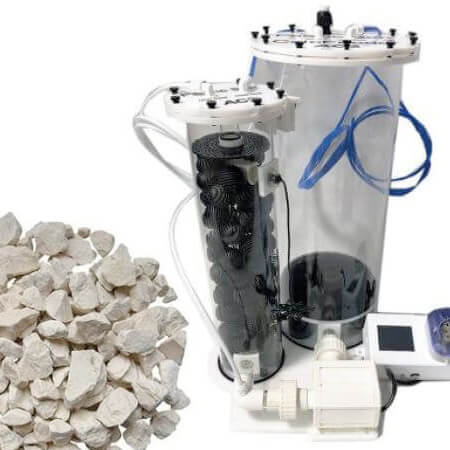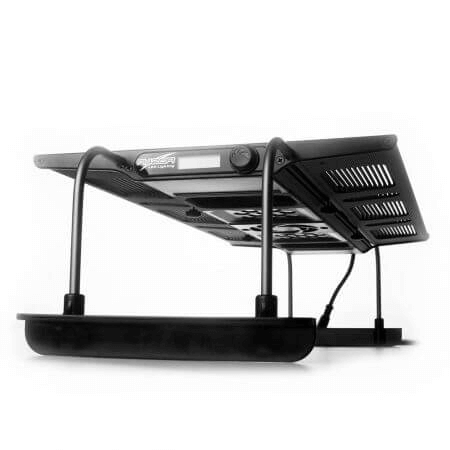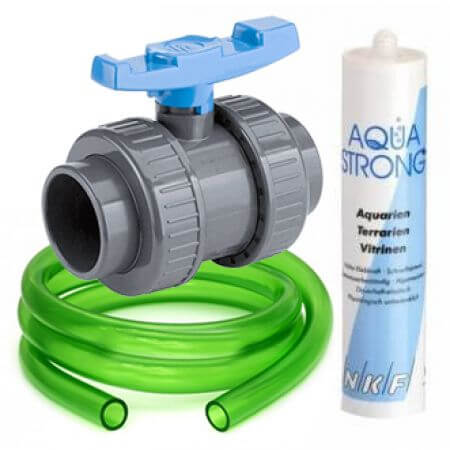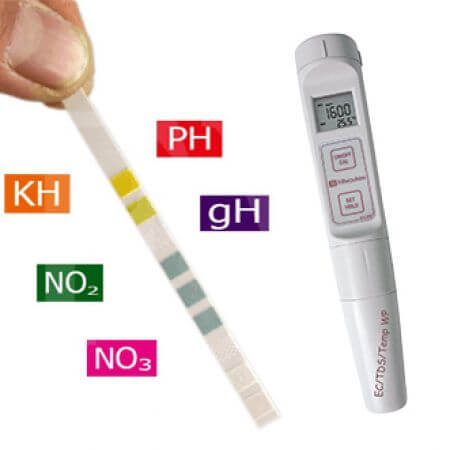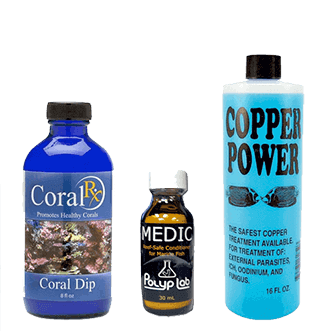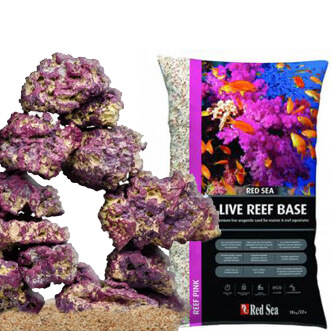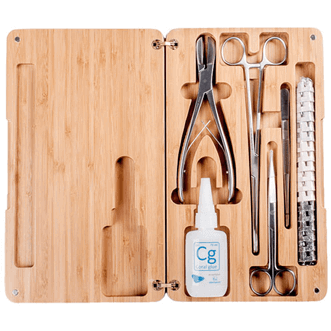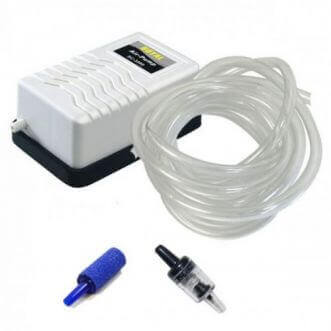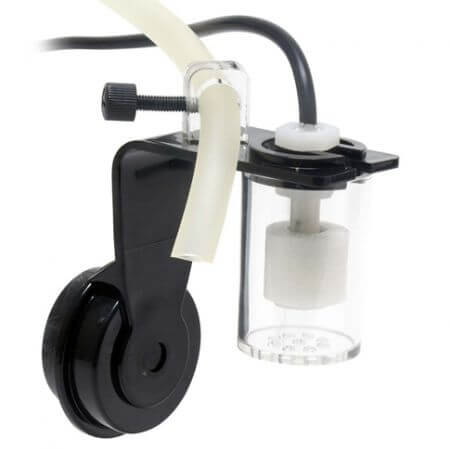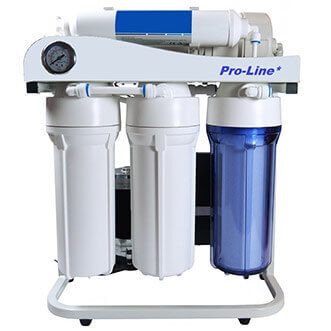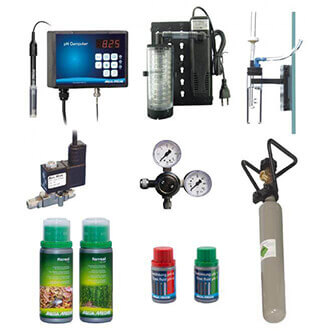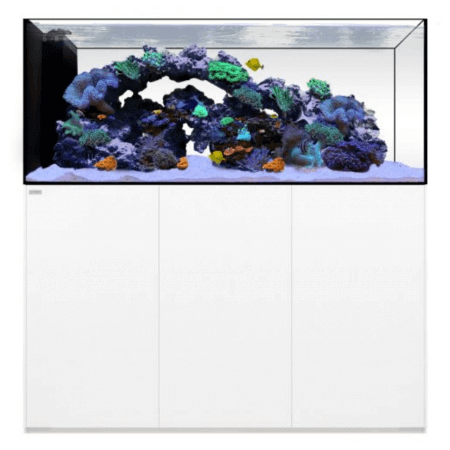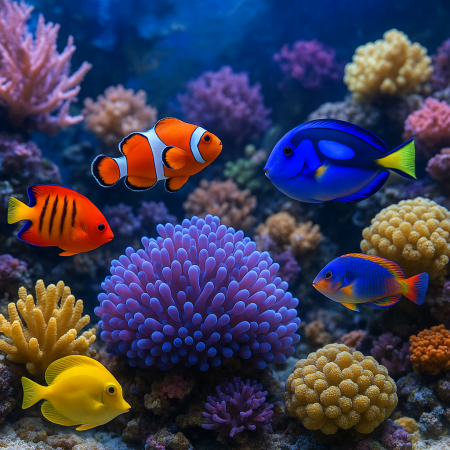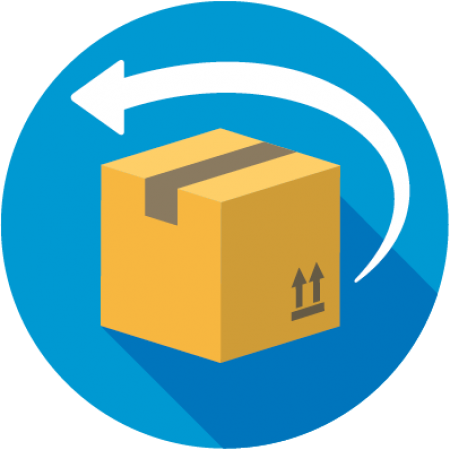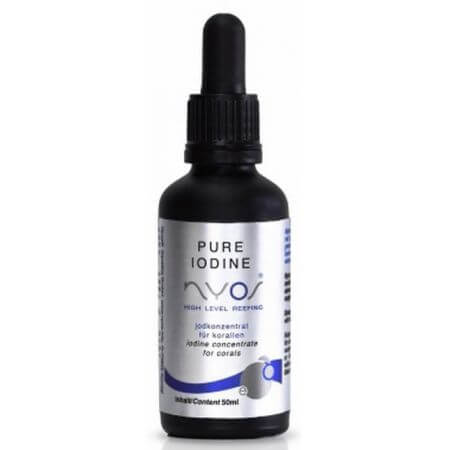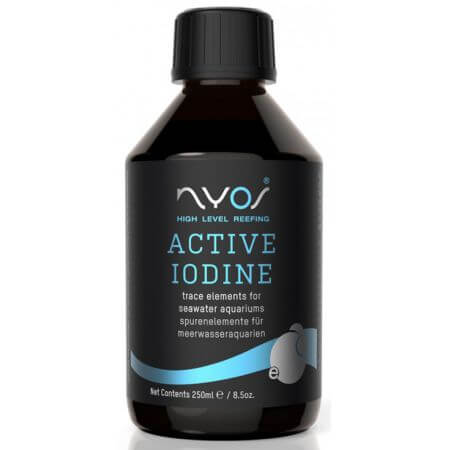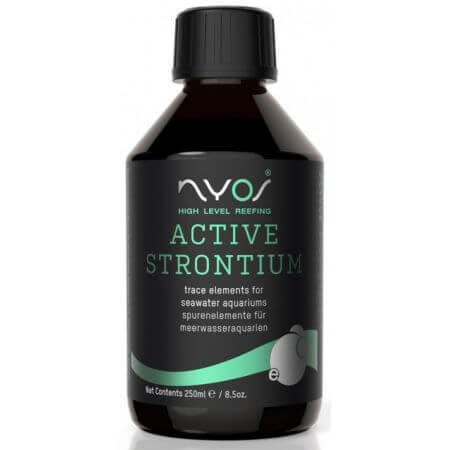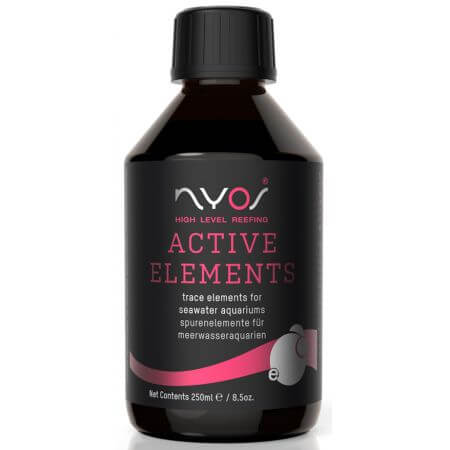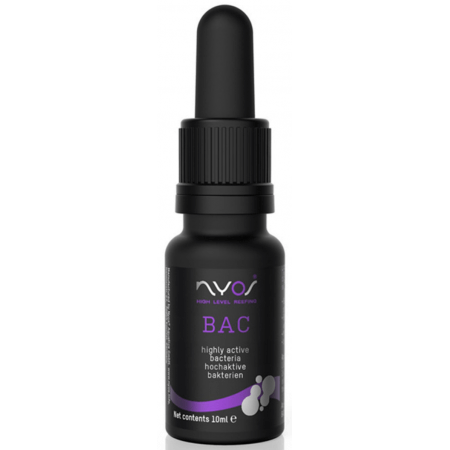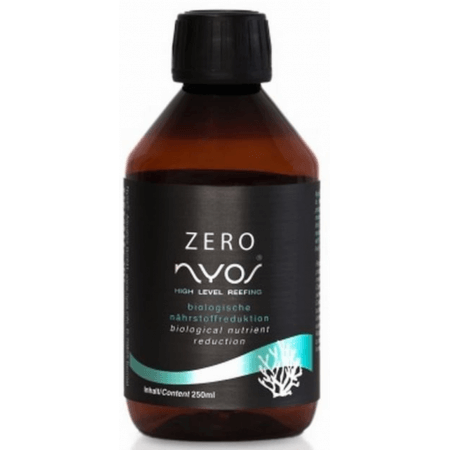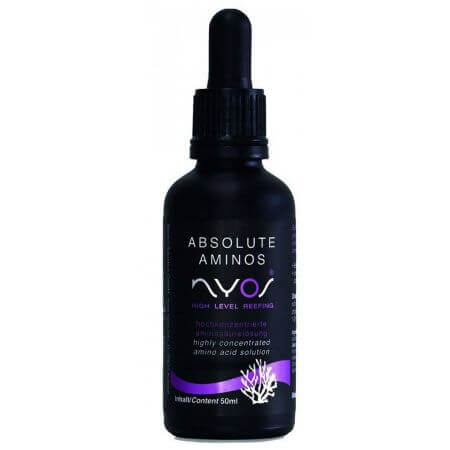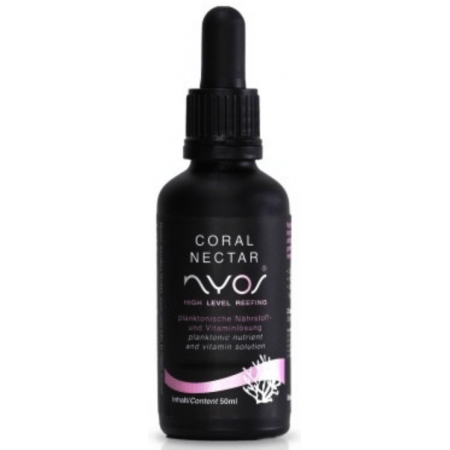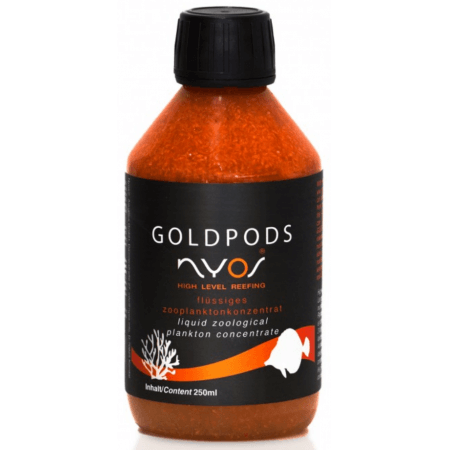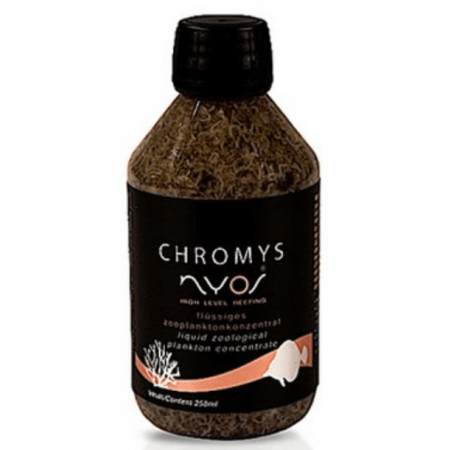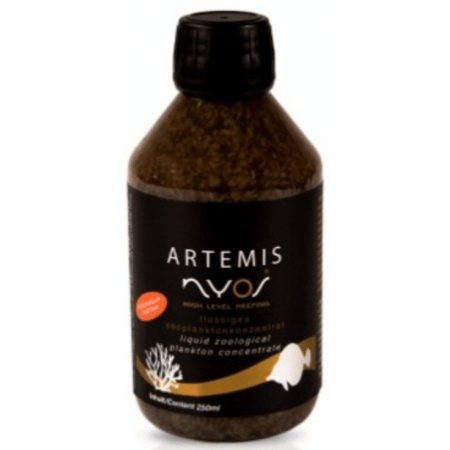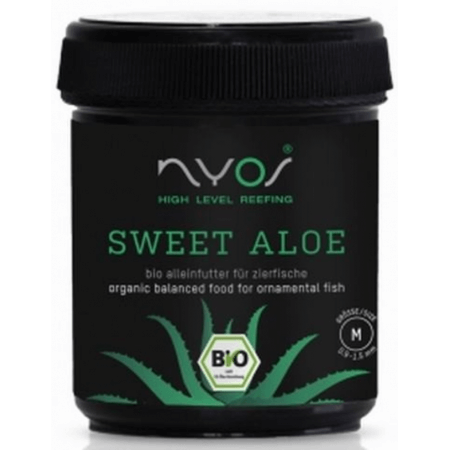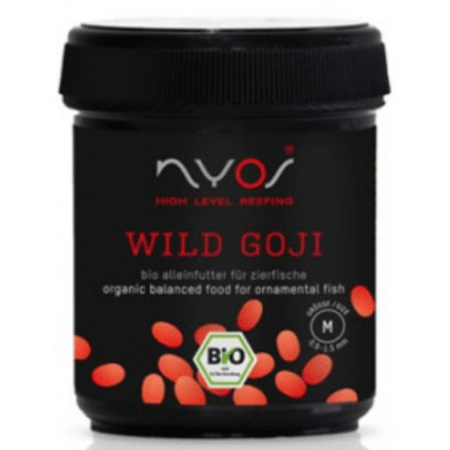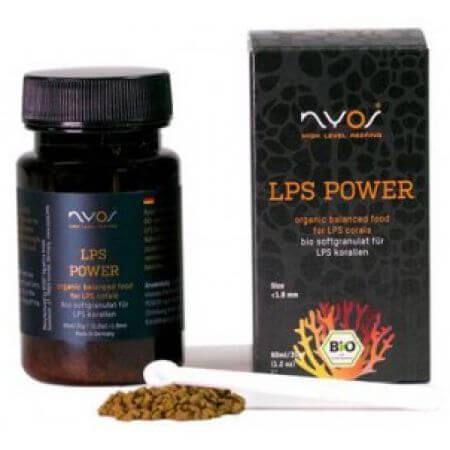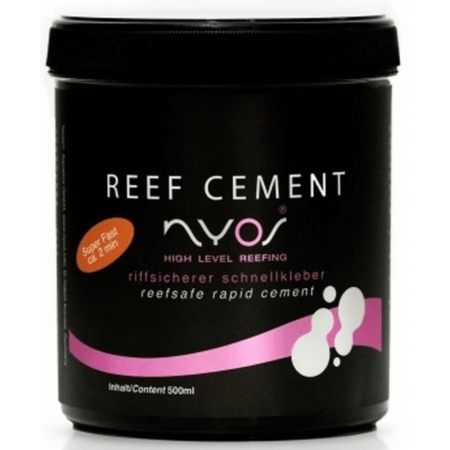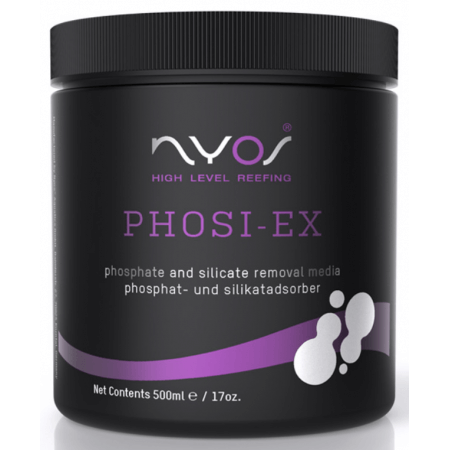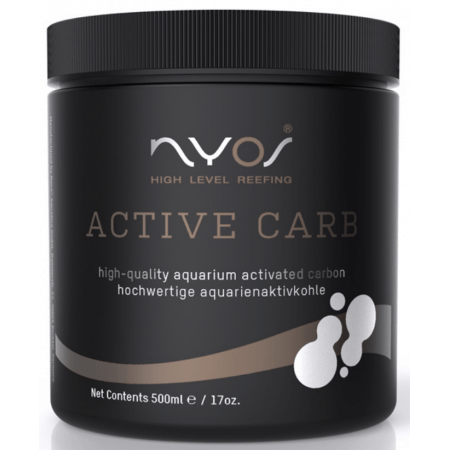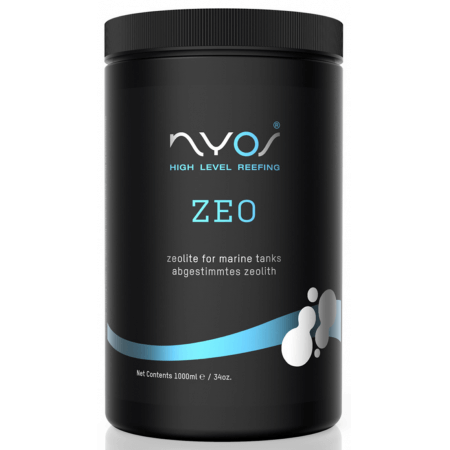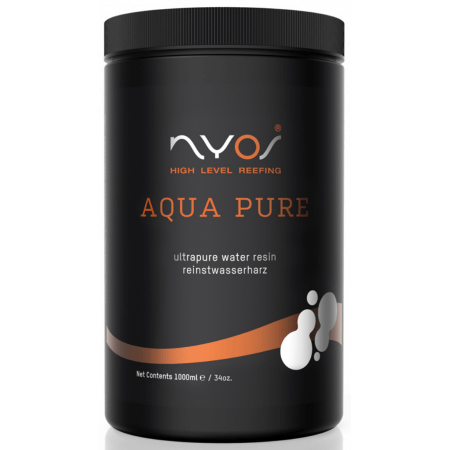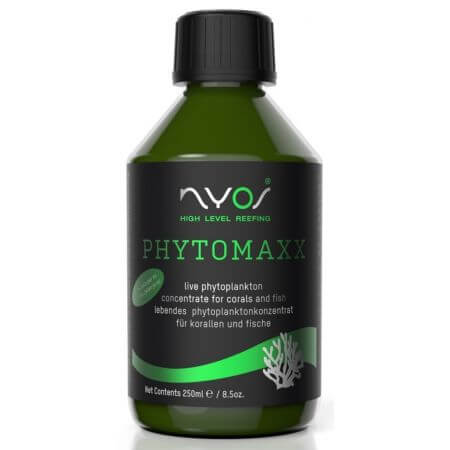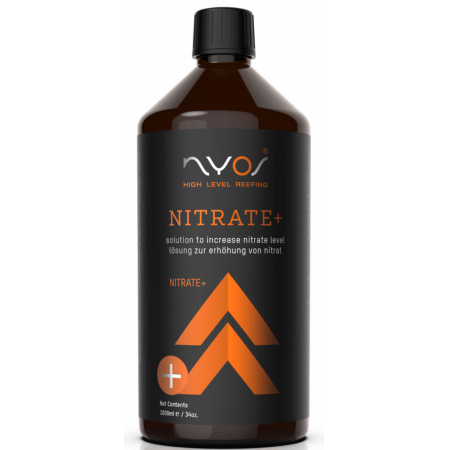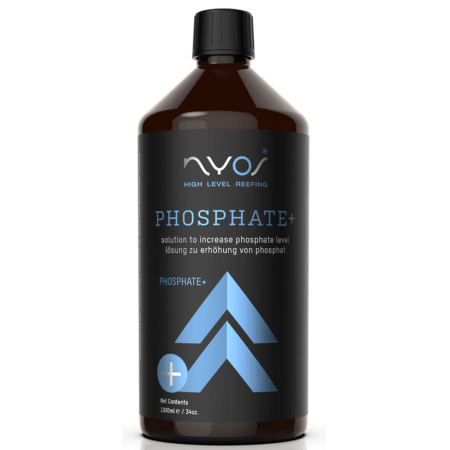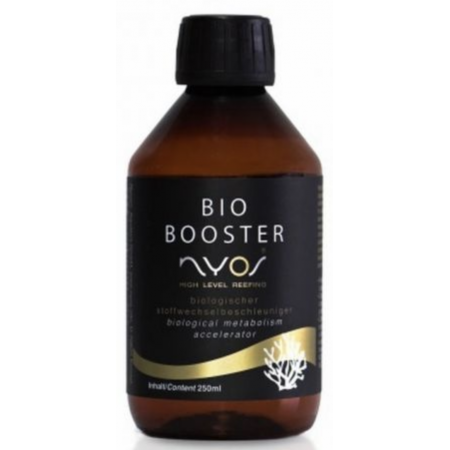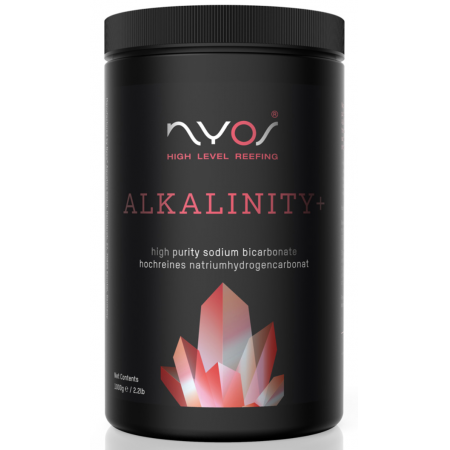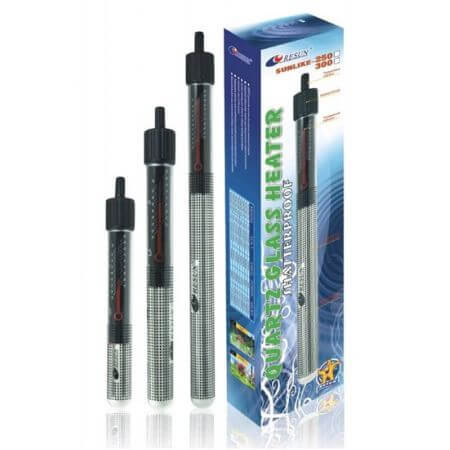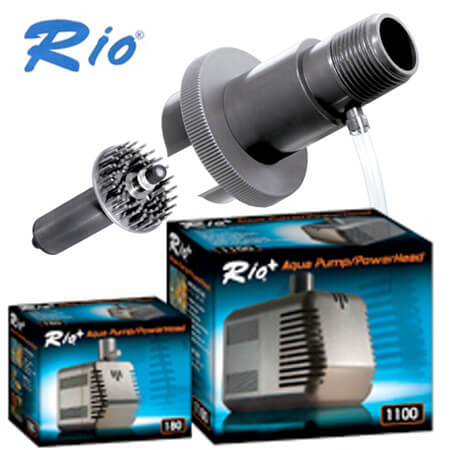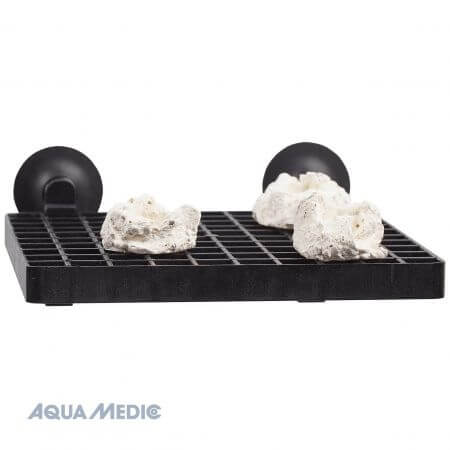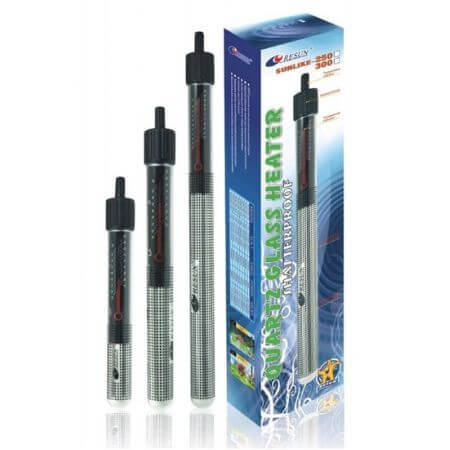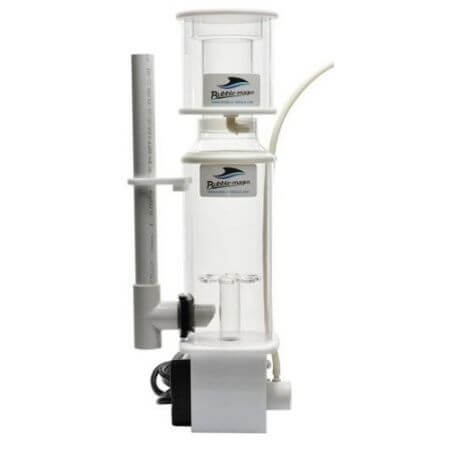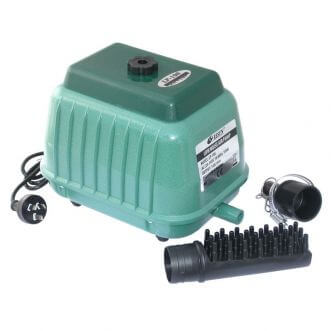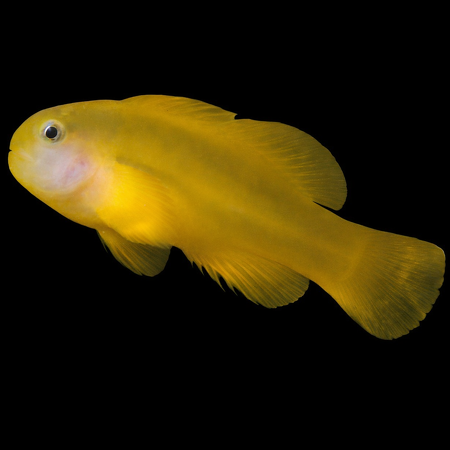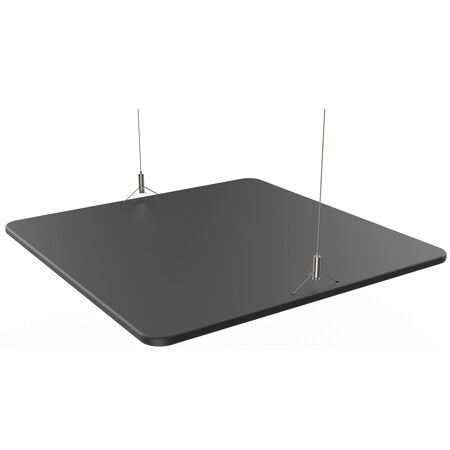Nyos Ion-B Ca/Mg+ Liquid
Increases calcium and magnesium Available sizes and dosages 2,000 ml (68 fl oz) / 5,000 ml (169 fl oz) Dosage guide: 5-10 ml/day per 100 l (25 gal) of aquarium water Product information The N...
Increases calcium and magnesium
Available sizes and dosages
2,000 ml (68 fl oz) / 5,000 ml (169 fl oz)
Dosage guideline: 5-10 ml/day per 100 l (25 gal) aquarium water
Product information
The Nyos® ION-B method is an advanced dosing system for modern reef aquariums. The system is simple and intuitive and can be individually adapted to the needs of your aquarium.
With just two solutions you can:
- Replace used calcium, magnesium and alkalinity
- Prevent ion shift
- Stabilize the pH between 8.0 and 8.3
- Replace all trace elements and adjust to the needs of your aquarium
A 2,000 ml (68 fl oz) can contains 144,000 mg Ca
A 5,000 ml (169 fl oz) can contains 360,000 mg Ca
ION-B CA/MG+ liquid is a concentrated, ready-to-use solution for increasing calcium and magnesium. It is part of the Nyos® ION-B method.
Premixed, ready-to-use solution
Increases calcium and magnesium
Also contains magnesium, strontium, potassium and boron for ion balance
Instructions for use:
The dosage is intended to supplement the daily alkalinity.
1000 ml (34 fl oz) ION-BALANCED CA/MG+ contains approximately 72,000 mg Ca
Dosage guideline: 5-10 ml/day per 100 liters (25 gal) of aquarium water
Remark
Alkalinity and calcium are taken up by corals in a ratio of approximately 1:7. The ION-B solutions are also a 1:7 ratio, so you will usually need to dose equal amounts of both solutions.
If you want to know more:
1. Calcium and alkalinity consumption (carbonate hardness) and their relationship to each other
Coral growth in a saltwater aquarium constantly consumes alkalinity (carbonate hardness) and calcium. This is because stony corals form skeletons of calcium carbonate (Ca-CO3). The calcium and carbonate that are consumed during growth must be constantly replenished in the aquarium. To form the coral skeleton, the coral needs about 7 mg of calcium per 1° dKH. In relation to growth, the ratio of carbonate to calcium is therefore about 1:7.
With the Nyos® ION-B system we have taken this into account: with equal amounts of the ALK/PH solution and the CA/MG solution, alkalinity and carbonate are also added in a ratio of approximately 1:7, thus creating ideal and balanced conditions for coral growth.
Although individual consumption may vary depending on the aquarium due to further metabolic processes, the dosing of alkalinity and calcium is much simpler, as both solutions are consumed in similar amounts.
2. Ion shift: What is ion shift and why is it important to avoid it?
In many conventional methods, the calcium and carbonate consumed by the corals are added in the form of calcium chloride and sodium (bi)carbonate. The problem here is that the sodium and chloride contained in these are not consumed by the corals and accumulate in the aquarium over time. This permanent enrichment of the aquarium water with sodium chloride leads to a gradual shift of the entire seawater matrix over time. This so-called ion shift is noticeable in water analyses, for example, when the sulphate or potassium value is too low. This can be the cause of numerous problems, including the 'old tank' syndrome.
Regular water changes can alleviate this problem, but not prevent it.
The Nyos® ION-B method also results in additional sodium chloride. The difference with classical methods, however, is that the missing ions (e.g. sulphate, potassium) are directly compensated for by the addition, so that no ion shift occurs.
3. pH stabilization
The pH in a saltwater aquarium should be around 8.0-8.3. Originally, this was given little attention and neglected. In recent years it has become clear that the pH plays a central role in the growth and vitality of corals. In saltwater aquariums with a classic diet based on sodium bicarbonate, it is quite common for the pH to drop by about 0.5 at night. This can manifest itself in the fact that corals turn white and die at night.
Nyos® ION-B ALK/PH+ is not only a means to balance the carbonate hardness, but also stabilises the pH value within the target range of 8.0-8.3. A drop in pH during the night is avoided.
4. Trace elements
The need for the use of trace elements has been known for decades in reef aquariums.
The introduction of modern water analysis offers completely new possibilities for monitoring the consumption of trace elements in saltwater aquariums. In addition, new insights have been gained into which trace elements are relevant and in what ratio they are included. Important individual elements such as vanadium, rubidium or selenium were often neglected in the past. Today it is also known that certain elements such as iron and zinc must be specially stabilized, otherwise they are not available.
This is exactly where the new Nyos® ION ELEMENTS 1 CA/MG, 2 CA/MG, 3 ALK/PH come into play:
State-of-the-art trace element mixtures based on the actual consumption of modern reef aquariums. Complete supply of all important trace elements, including vanadium, selenium and rubidium
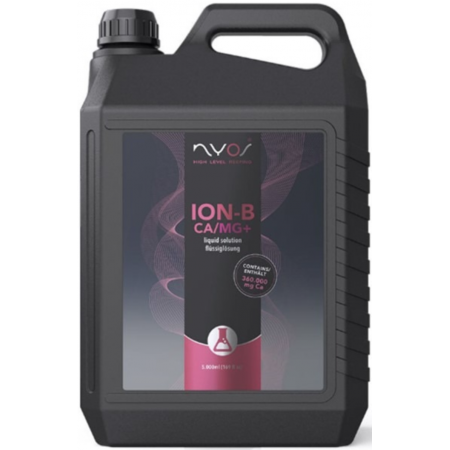
Brand
Shipment
-
Above € 50,- free delivery in NL & BEIn stock Ordered before 16:00, shipped today *
 Increases calcium and magnesium Available sizes and dosages 2,000 ml (68 fl oz) / 5,000 ml (169 fl oz) Dosage guide: 5-10 ml/day per 100 l (25 gal) of aquarium water Product information The N...
NYOS
Increases calcium and magnesium Available sizes and dosages 2,000 ml (68 fl oz) / 5,000 ml (169 fl oz) Dosage guide: 5-10 ml/day per 100 l (25 gal) of aquarium water Product information The N...
NYOS
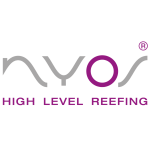

Ocean Store
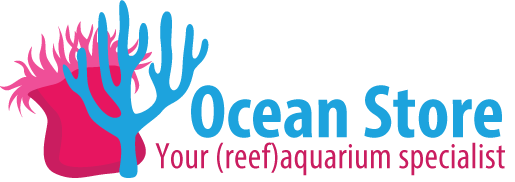

Ocean Store is a modern webshop with a large selection of reef aquarium equipment, supplements and food for your (marine) aquarium. We excel in reachability, service and speed. Not only in delivery of your ordered goods, but also in the adequate answering of your (marine) aquarium related questions. We are happy to share our passion for reef aquariums with you!
Open: Available Monday / Friday 9:00-20:00
Phone: +31(0)78-6456669
€ 0.99 - € 2999.99
EUR
479190
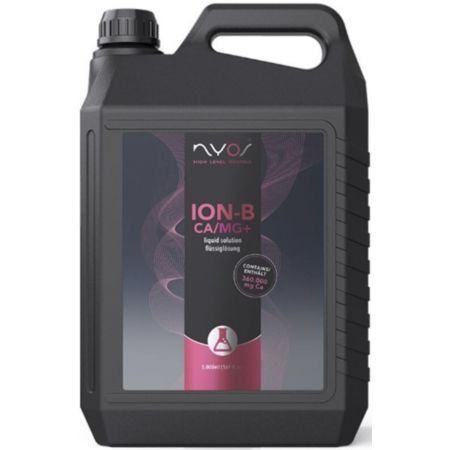 Increases calcium and magnesium Available sizes and dosages 2,000 ml (68 fl oz) / 5,000 ml (169 fl oz) Dosage guide: 5-10 ml/day per 100 l (25 gal) of aquarium water Product information The N...
NYOS
Increases calcium and magnesium Available sizes and dosages 2,000 ml (68 fl oz) / 5,000 ml (169 fl oz) Dosage guide: 5-10 ml/day per 100 l (25 gal) of aquarium water Product information The N...
NYOS


Ocean Store


Ocean Store is a modern webshop with a large selection of reef aquarium equipment, supplements and food for your (marine) aquarium. We excel in reachability, service and speed. Not only in delivery of your ordered goods, but also in the adequate answering of your (marine) aquarium related questions. We are happy to share our passion for reef aquariums with you!
Open: Available Monday / Friday 9:00-20:00
Phone: +31(0)78-6456669
€ 0.99 - € 2999.99
EUR
479190
Thermostat heating 250 watts
DI-6250
RIO skimmer pumps 2500
RIOskim2500
Aqua Medic frag board
30.04
Thermostat heating 300 watts
DI-6300
Bubble-Magus C3+ (100L-300L)
BM-C3+
Resun LP 100 HIGHBLOW
LU-LP100

